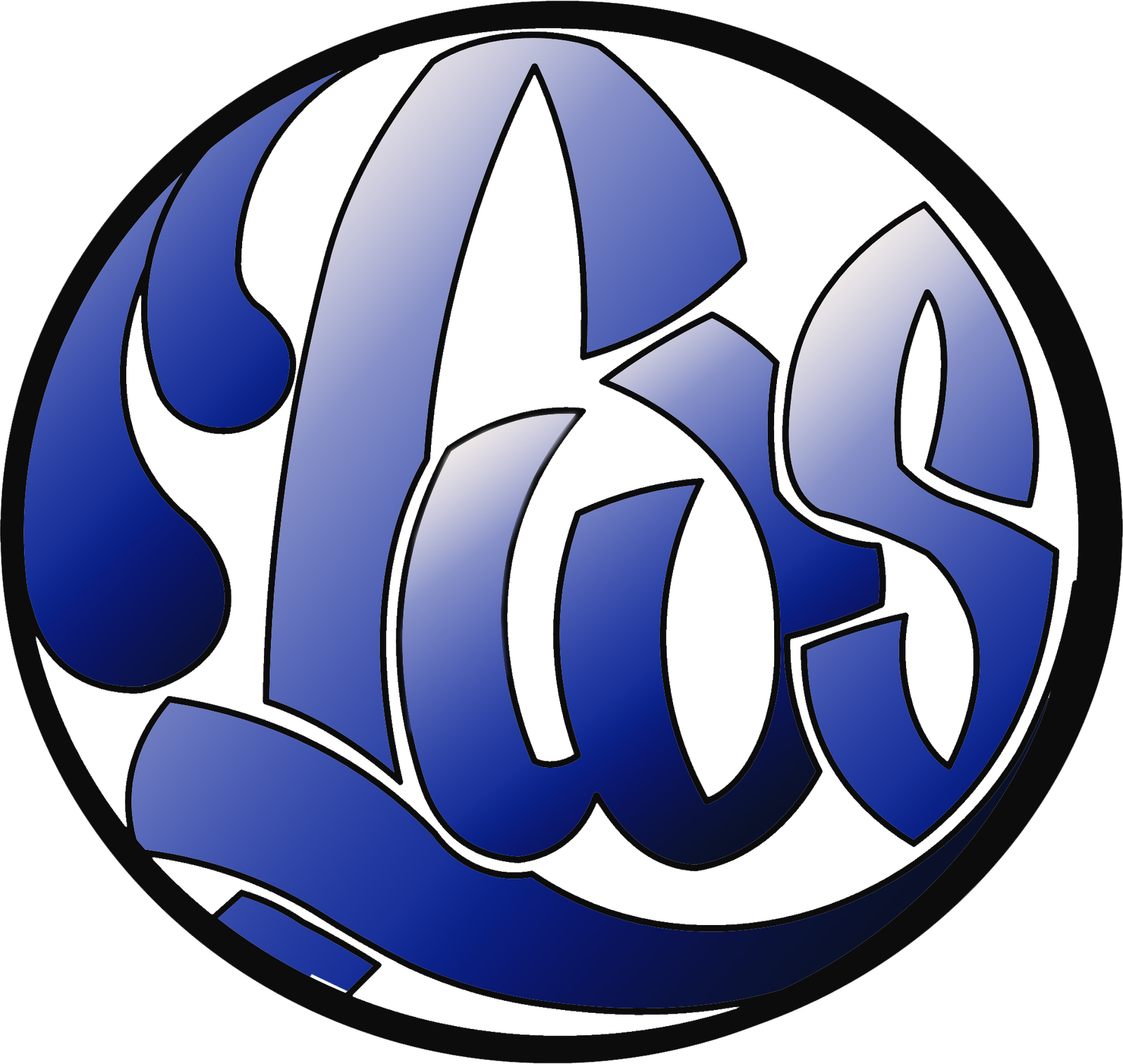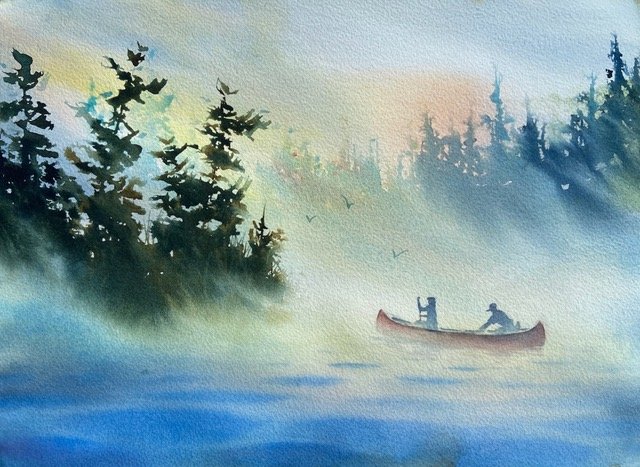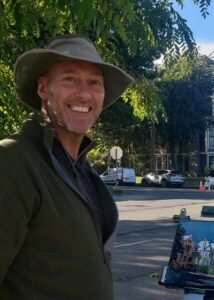Information
When: Tuesday – Thursday, May 13 – 15, 2025, 9:00 am – 4:00 pm
Where: American Legion Post 397
1225 Hickory Ave
Harahan, LA 70123
Cost: $370 members / $420 non-members
No Refunds
Questions: Carol Creel, LWS, carolbc@bellsouth.net.
Description
Join David on a Watercolor Journey, learning the most valuable watercolor concepts and techniques. This workshop will save you countless hours of trial & error by demonstrating approaches in an easily understood manner that will open new doors of discovery and creativity. Participants will be provided reference photos, drawing guides, and step-by-step instruction through all stages of the painting process. The workshop is packed with demos and guided practice. Regardless of your level of experience, you’re almost guaranteed to leave with a handsome work of art, and the skills, concepts, and confidence to take your paintings to a higher level. David will demonstrate a wide variety of approaches and techniques, including how to link shapes in a composition based on values, learning about edge quality of shapes, the importance of different consistencies of paint, and the different moisture qualities of paper, as well as how to work “wet-on-wet,” and incorporate “spattering” and “spraying,” – concepts and approaches that will keep your paintings fresh with exciting blends and textures, and keep you inspired and eager to explore your new watercolor capabilities long into the future.
David R. Smith, AWS, NWS
Internationally recognized David R. Smith, AWS, NWS, signature member of the American Watercolor Society and National Watercolor Society, will serve as Juror and Judge. He received the highest recognition awarded by the Transparent Watercolor Society of America – the Skyledge Award, as well as numerous “Best of Show” awards for both his studio and plein air work. David first learned Chinese Brush Painting, then fell in love with Western watercolor techniques. With over 25 years of experience as a public-school teacher, he is skilled at breaking down complex concepts and skills into easily learned chunks and now enjoys helping workshop participants find success with watercolor. As much as he loves to paint, he has found sharing his watercolor passion through instruction even more gratifying. David will serve as Juror, Judge, and Workshop Presenter for the 55th Annual LWS International Exhibit. View more about David at www.dsmithfineart.com.
Supply list
- Usual Supplies: palette, water container, masking tape, clips, towels, Kleenex, large spray bottle, hair dryer, pencil/eraser, etc. IF you have an iPad/tablet, it can be used to display reference photos.
- High quality paper. I’ll be using 140lb Rough Fabriano Artistico for a couple paintings and Arches 140lb Cold Press for a couple. Have at least 6 quarter sheets (11″x15″). For a couple of the exercises, you may choose inexpensive practice paper instead if you’d like.
- If you’re curious about the difference between Fabriano Artistico and Arches, Fabriano is more sensitive and the paint lifts easier and textures are created more easily … which can be nice or frustrating depending on whether they are desirable or not. Arches is more forgiving. E.g. one can more easily apply a wash of color on top of a previous color without lifting/disturbing the previous wash.
- Highly recommend Craftsmart/MonaLisa Graphite Paper or Loew Cornell Gray Transfer Paper (can buy at Michaels art & craft store, JoAnn Fabric, or online) and a colored ball-point pen (red works well).
- Professional Brand Tube Paint: Your choice of colors, but have some form of the primaries: Yellow, Red, Blue, a dark such as Indigo, Neutral Tint, or Payne’s Gray, and White Gouache.
- On my palette: Winsor Lemon or Bismuth Vanadate Yellow (QoR), Cadmium Yellow, Quinacridone Gold, Ultramarine Blue, Cobalt Blue, Cerulean Blue, Thalo Blue, Cobalt Teal (QoR), Alizarin Crimson, Winsor Red or Joe’s Red, Opera (Holbein), Raw Umber, Burnt Sienna, Lavender (Holbein), Dioxazine Purple, Indigo, Neutral Tint, White Gouache, and a jar of Dr. Ph Martin’s Bleed Proof White.
- Brushes: A variety of rounds and flats will probably work fine. I recommend a Large Round or Mop brush with a nice point. If you’re curious, I typically use a variety of Synthetic Brushes: Escoda Round Perla (use 90% of the time) size 12. Faux Squirrel 1827 Liner Aux. Reservoir size 12 (Dynasty). A 1.5″ Flat Brush (Miller’s Pseudo Sable Mottler), and a variety of large rounds and mops. There are many options. A couple of my favorites are the Princeton Aqua Elite Quill #6, and the Escoda Prado (size 16).
- Optional but very handy: Brushes for lifting: #4 & #16 Fritch Scrubber (Cheap Joe) and the #2 Artisan Short Flat/Bright long handled (Winsor & Newton). Optional: Magic Eraser.
- 2 Paint Boards: The board dimensions should be larger than the sheet of paper, which will be 11×15.
- For part of the process, we will work at a slant. So, a table easel may come in handy or you may simply prop one end of your painting board up on a tissue box or something.
- Utility knife and an inexpensive rectangular Cellulose Cleaning Sponge (without the abrasive green scrubbing material) you can find at a grocery store.
- Optional: Palette knife, White Pastel Pencil, Stencil Material (Translucent Stencil Film, Acetate, or Transparency Film)



